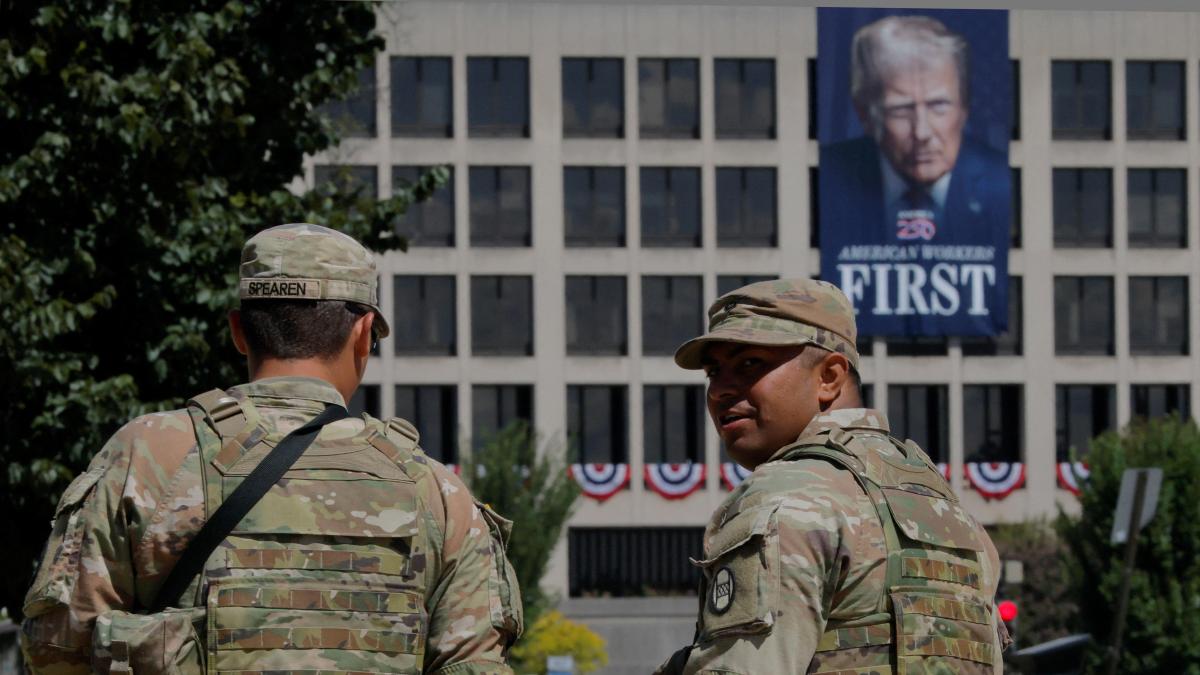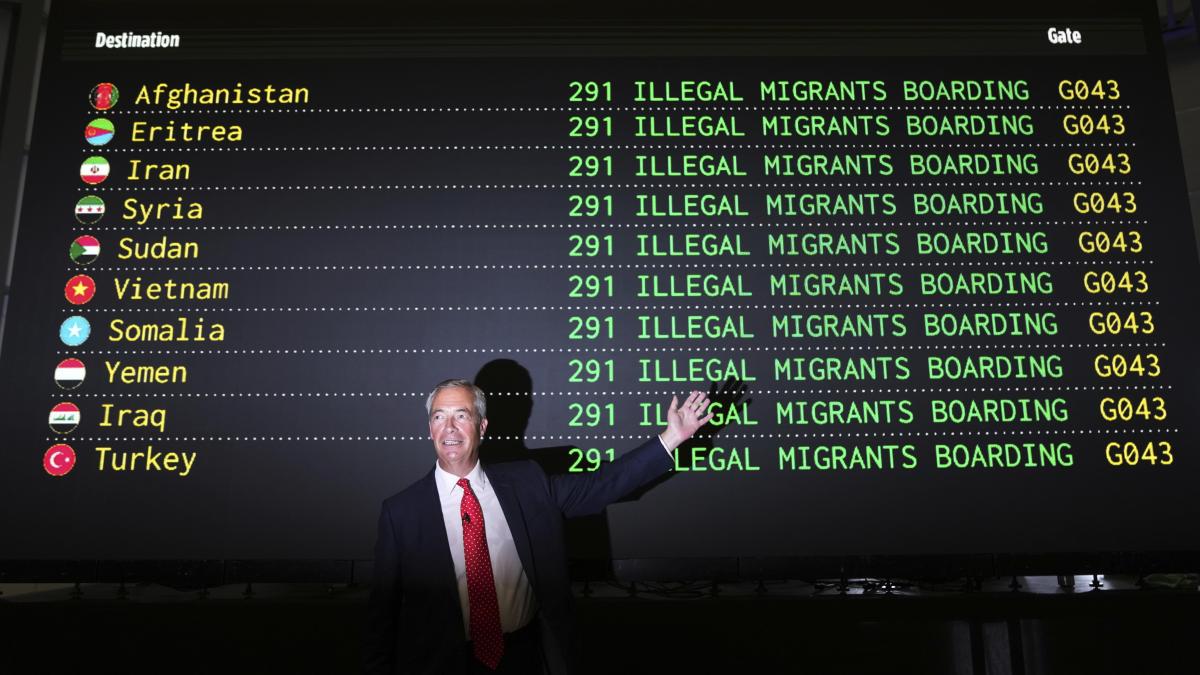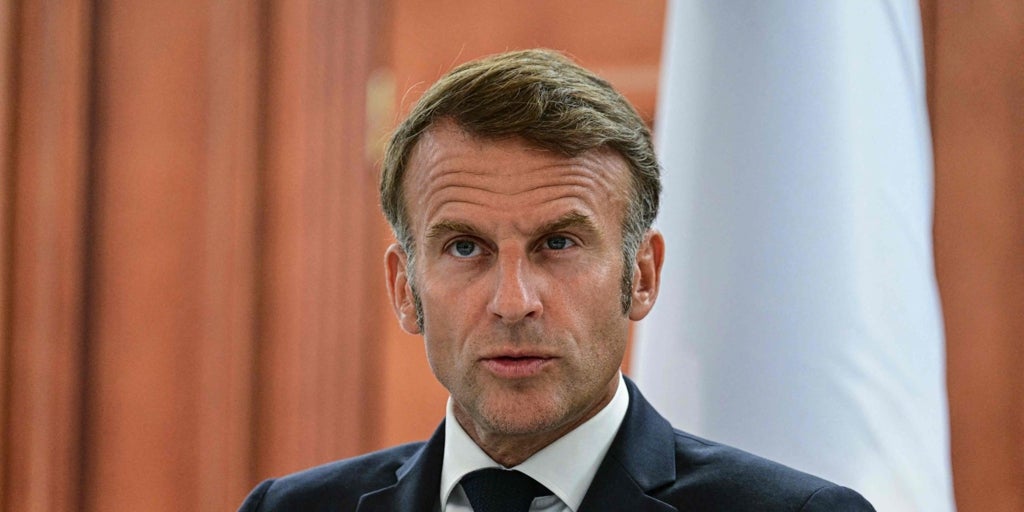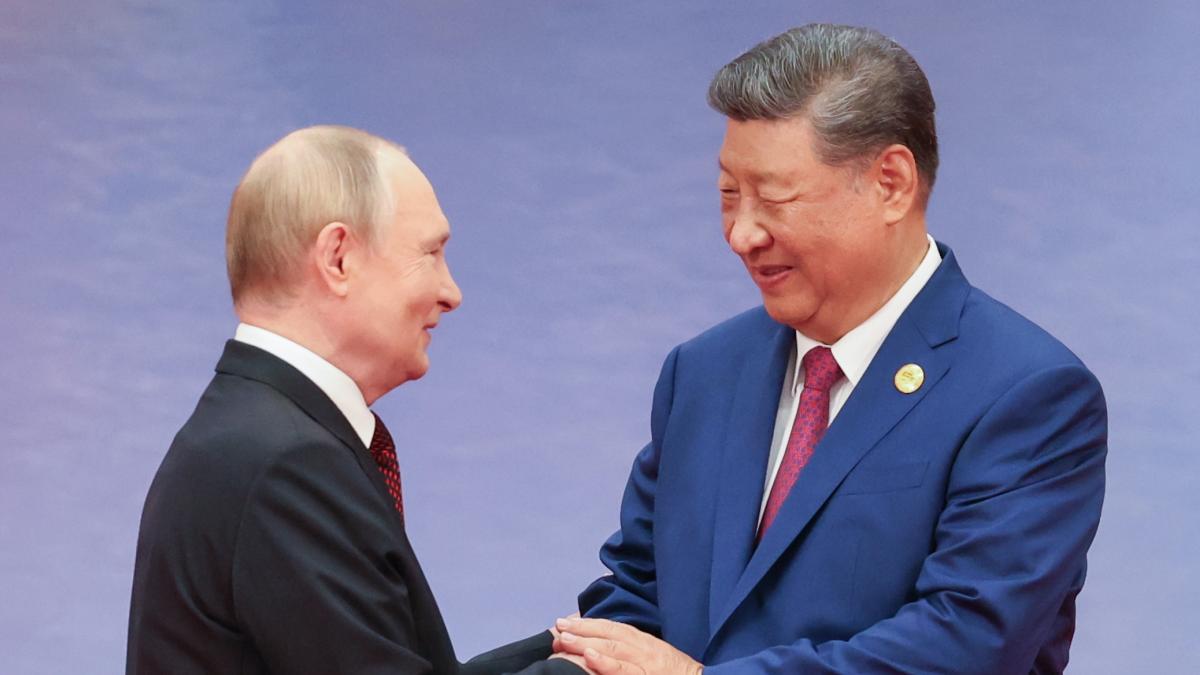Biden Greenlights Controversial Anti-Personnel Mines for Ukraine, Defying International Treaty and Warnings
In an explosive move that has rattled international diplomatic channels, President Joe Biden has authorized the shipment of anti-personnel mines to Ukraine—a step that comes just two months before he leaves office. This decision follows the recent deployment of ATACMS missiles over Russian territories, signaling a possible escalation in the ongoing conflict. The Washington Post reported that these anti-personnel mines, a weapon type banned by over 160 countries under the Ottawa Treaty, are now being sent to a nation embroiled in a desperate fight against Russian aggression.
The Ukrainian government has long sought assistance from Washington for such weapons since the invasion commenced. However, the Biden administration originally prohibited the transfer of anti-personnel mines outside of the Korean Peninsula as part of a policy revival from the Obama administration in 2022. Now, under reported conditions that limit usage and deployment away from densely populated areas, Biden’s administration appears to be turning the tide on its stance.
While the mines are categorized as non-persistent—meaning they deactivate if not triggered—the threats they pose to the civilian population cannot be ignored. Their intended purpose is to incapacitate, rather than kill, serving as a deterrent against enemy advances and presenting significant long-term risks to local civilians, even after the conflict ends. An unnamed source aptly noted, “These mines were specifically designed to combat exactly this increasing pressure from Russian attacks.” The implications are dire as Ukraine continues to face overwhelming assaults in the east.
As tensions rise, the stakes are higher than ever. With Russian troops launching sustained offensives against Ukrainian positions, the introduction of anti-personnel mines aims to bolster Ukrainian defenses while providing leverage in future negotiations for peace. Yet, Biden’s decision underscores a contentious disregard for his administration’s previous commitments and for gun control advocacy. Moreover, the potential return of Donald Trump to the White House poses an additional layer of uncertainty; Trump has famously vowed to halt military assistance to Ukraine, raising concerns about territorial concessions following a potential shift in U.S. policy.
On another front, President Vladimir Putin has escalated the stakes via a new nuclear doctrine, authorizing conventional attacks to be met with nuclear responses. This shift towards a higher alert status represents a significant pivot in Russia’s engagement, amplifying fears among Western powers, who are described as “pouring gasoline on the fire” by Kremlin officials. With Putin claiming that recent developments put Russia on the brink of World War III, there is a growing fear that a knee-jerk reaction could lead to catastrophic consequences.
The war in Ukraine has evolved alarmingly, and recent Russian territorial gains are raising alarms about the sheer tenacity of their military operations. As Ukraine struggles with dwindling resources amid ongoing missile and drone assaults, the introduction of anti-personnel mines could provide tactical solutions. Yet, analysts urge vigilance, warning that careless deployment might exacerbate humanitarian crises that linger long after the fighting ceases.
The impact of these strategic choices will ripple through Ukraine’s future, igniting fierce debates around human rights, international norms, and what it means to adhere to treaty obligations in a time of war. As the world watches intently, the forthcoming months could redefine the boundaries of U.S. foreign policy and fundamentally alter the experience of both soldiers and civilians in the ongoing conflict.
Placing Ukraine’s survival against the backdrop of international power dynamics, this decision could push the West into uncharted waters. As military and civilian lives hang in the balance, the horrors of war find themselves tightly interwoven with the geopolitical tapestry, prompting many to question whether this path forward is indeed wise or simply a recipe for disaster.















